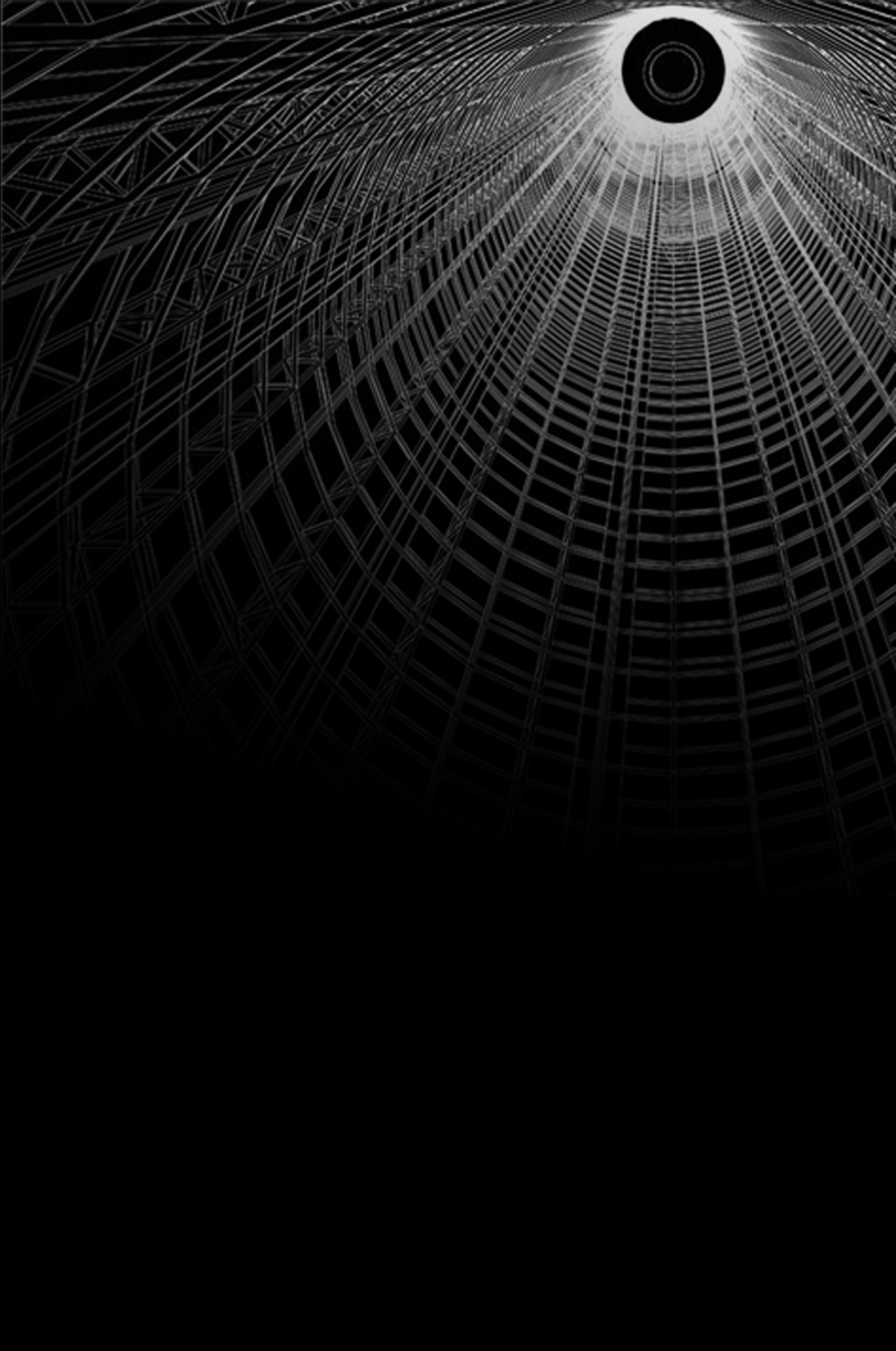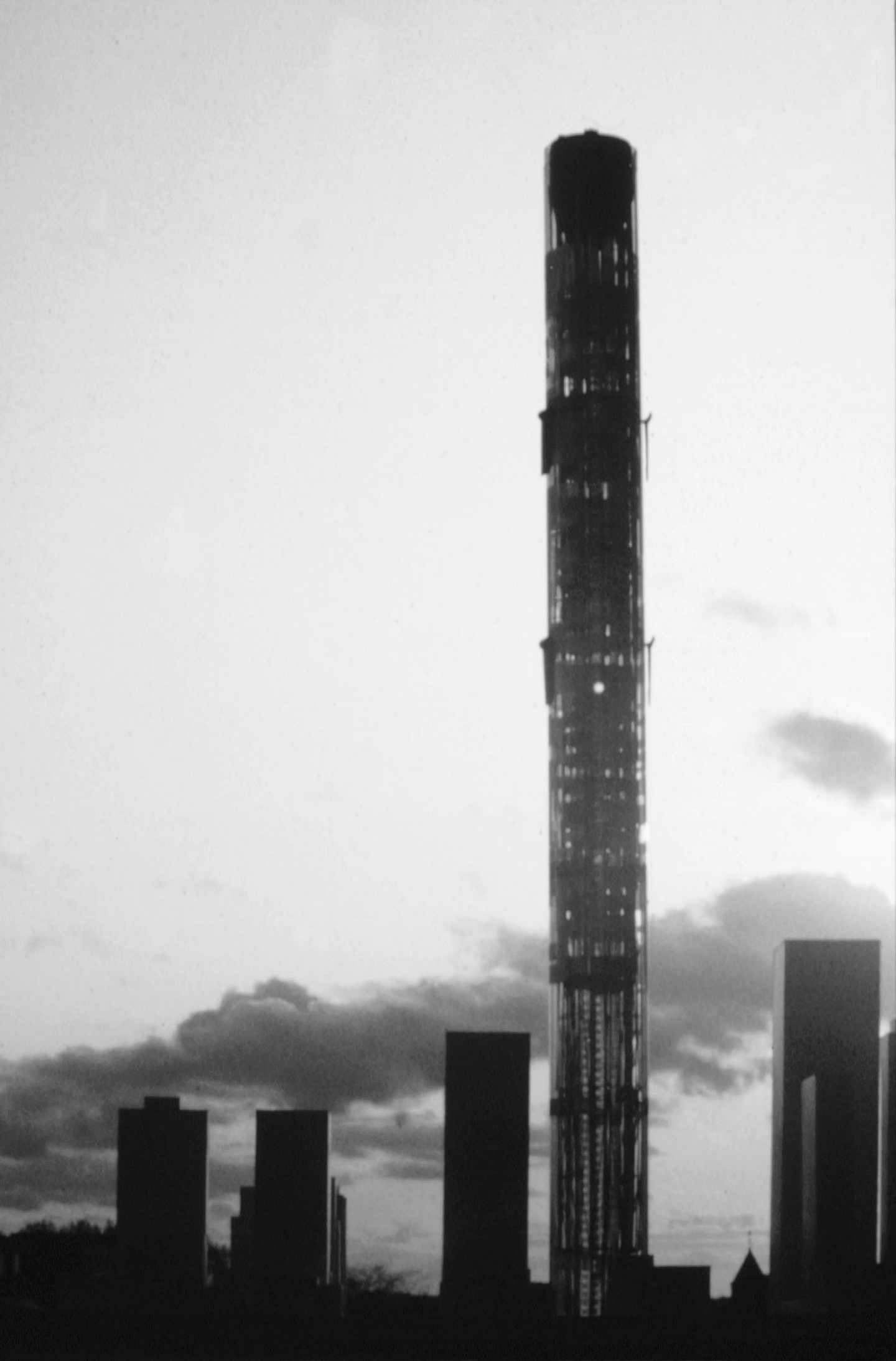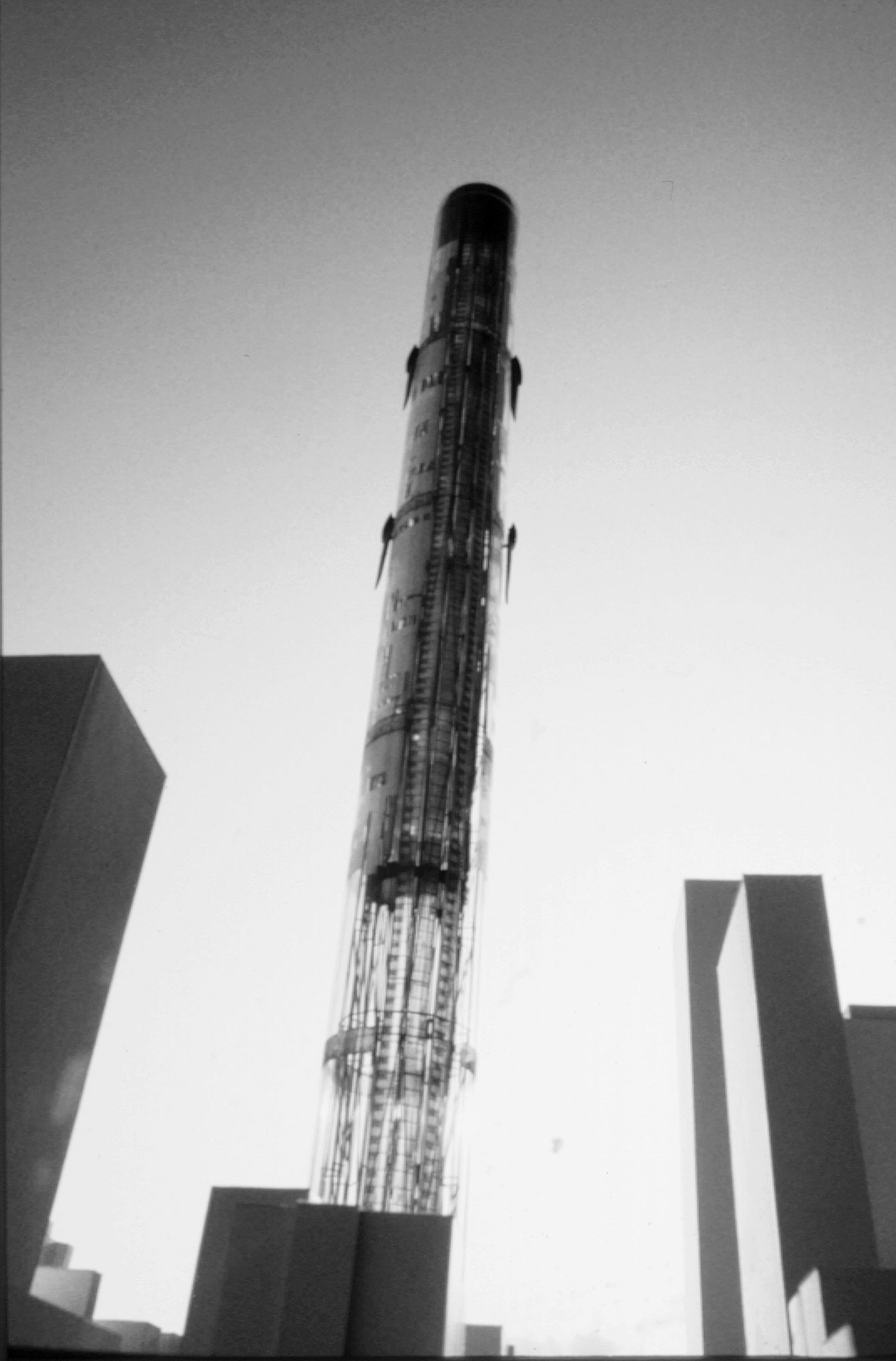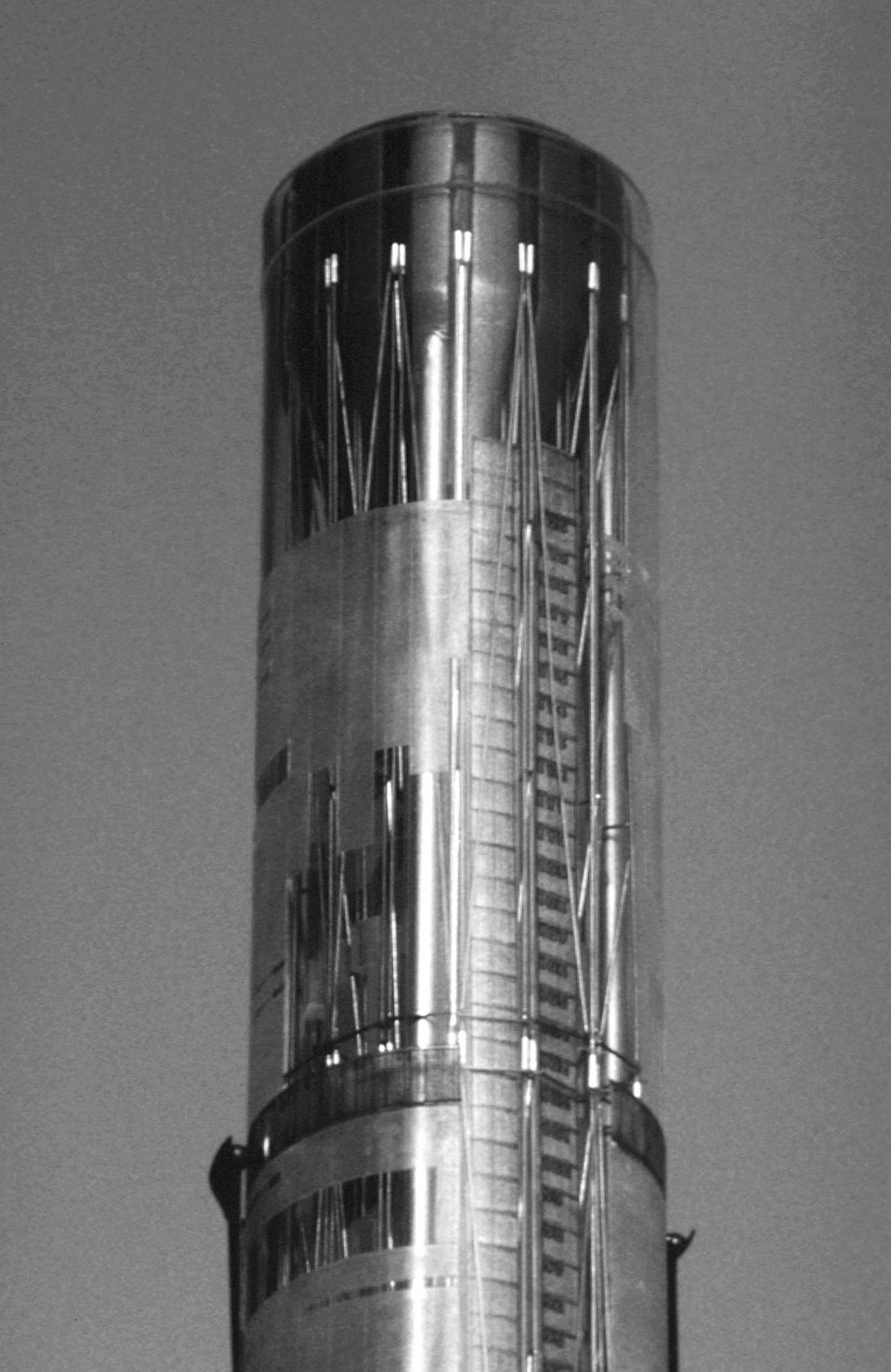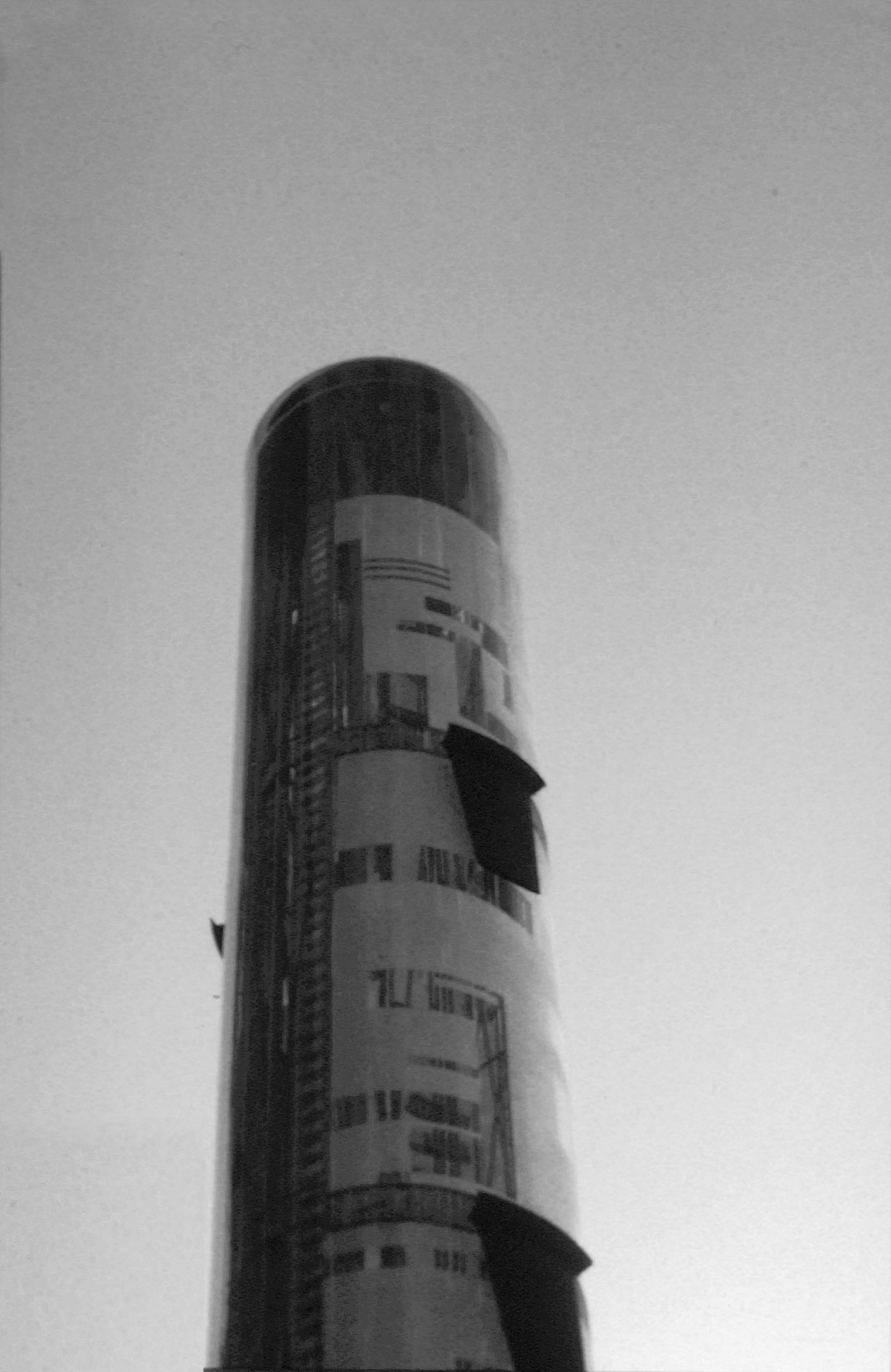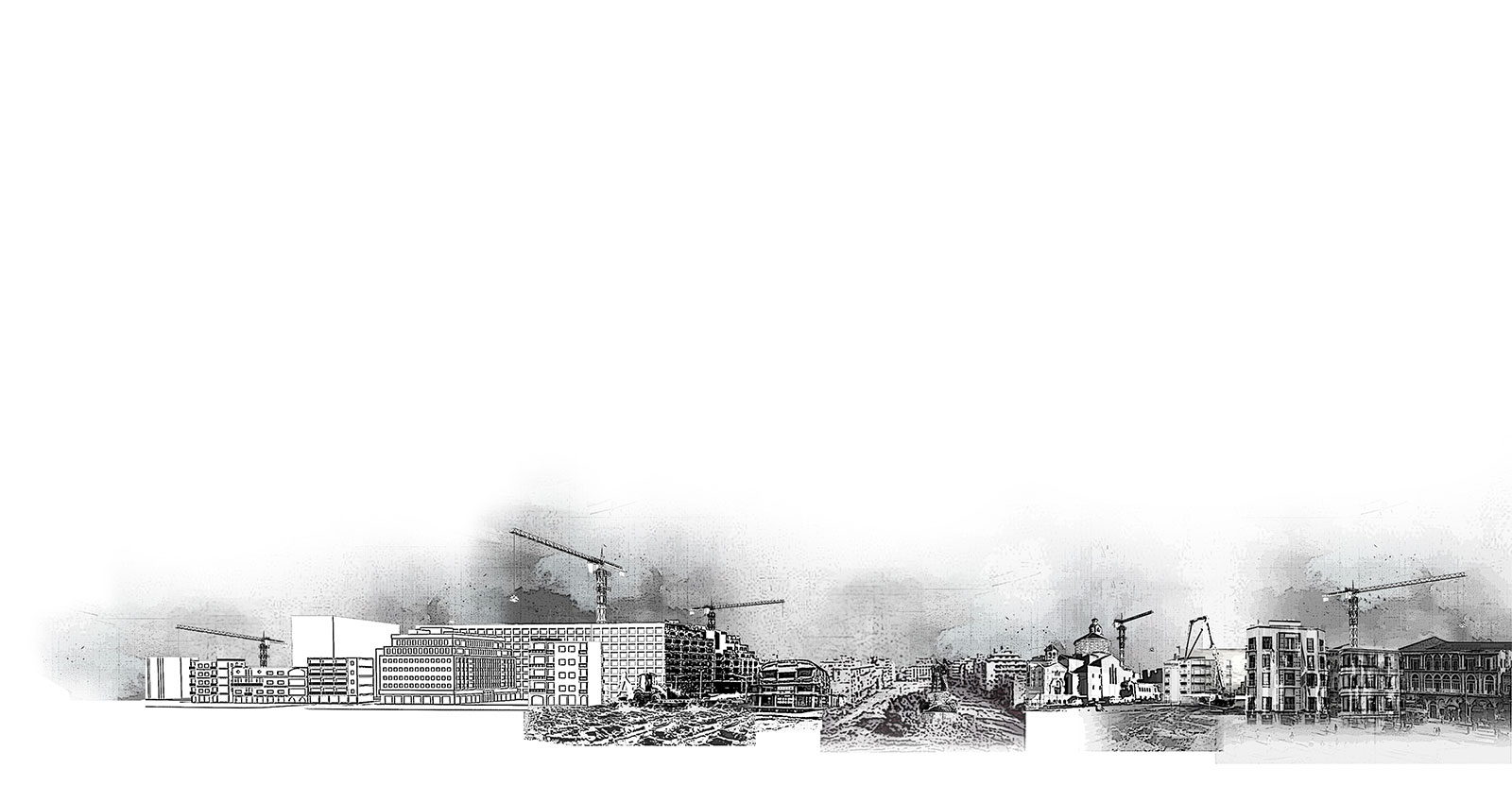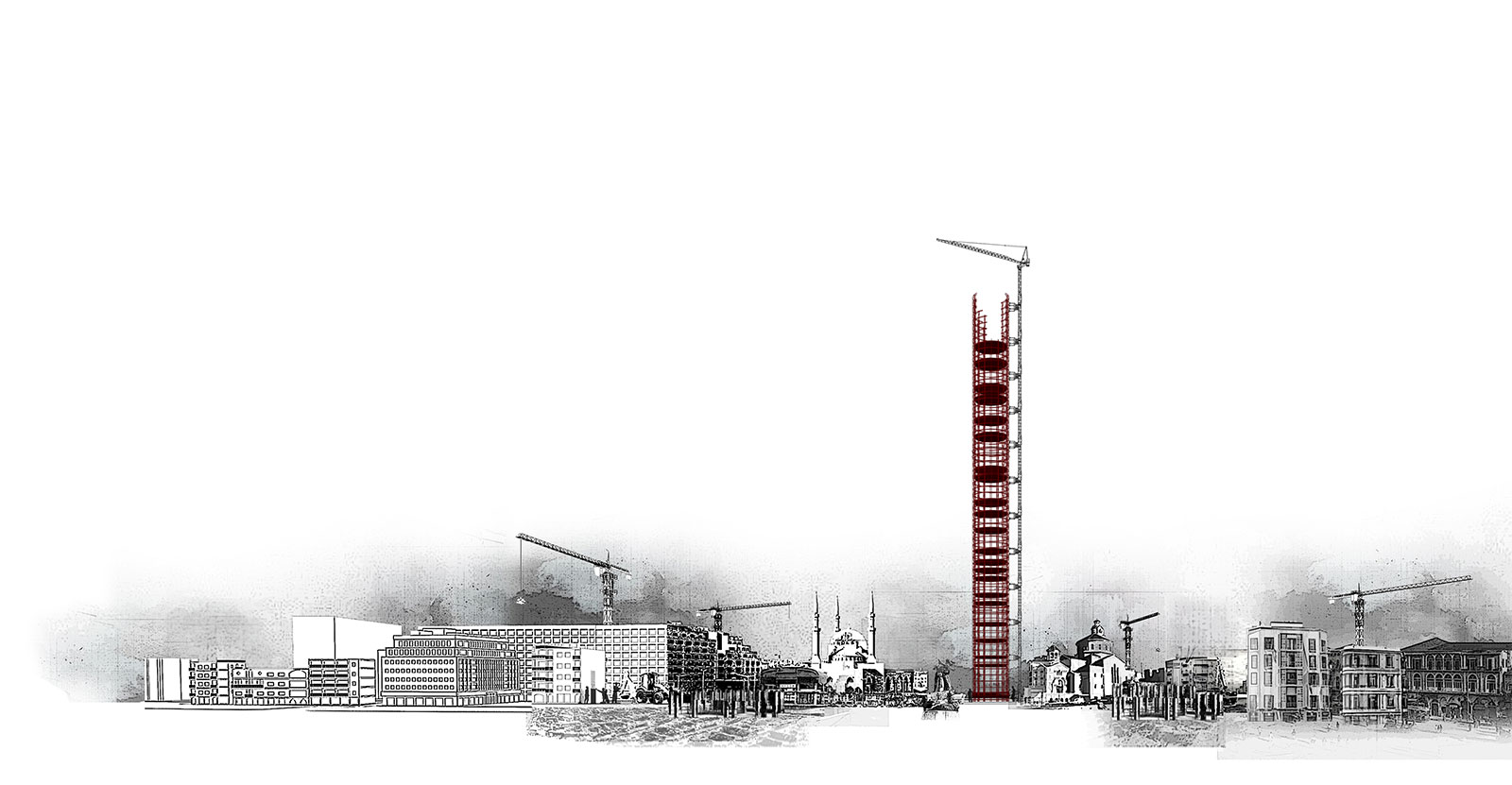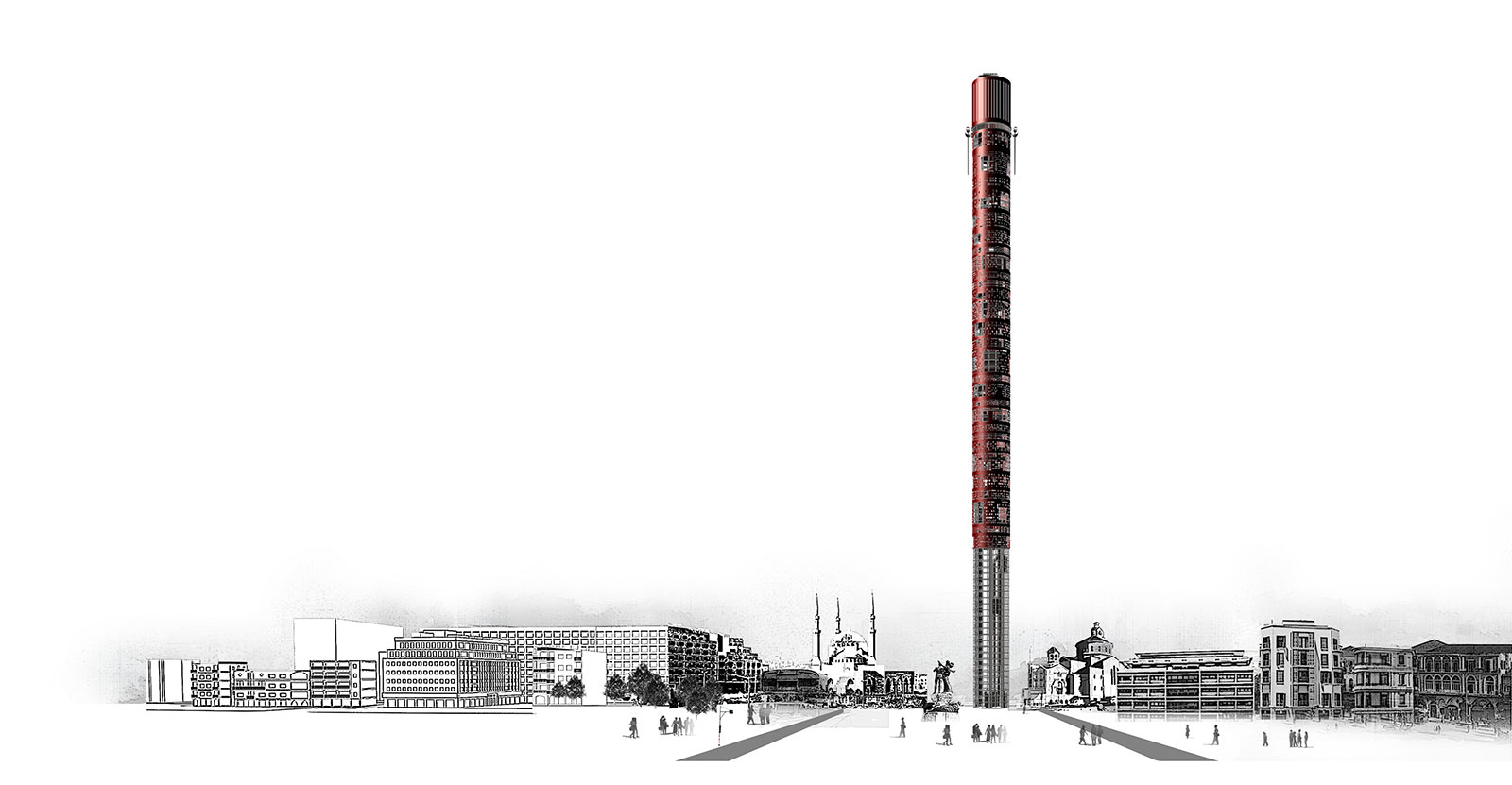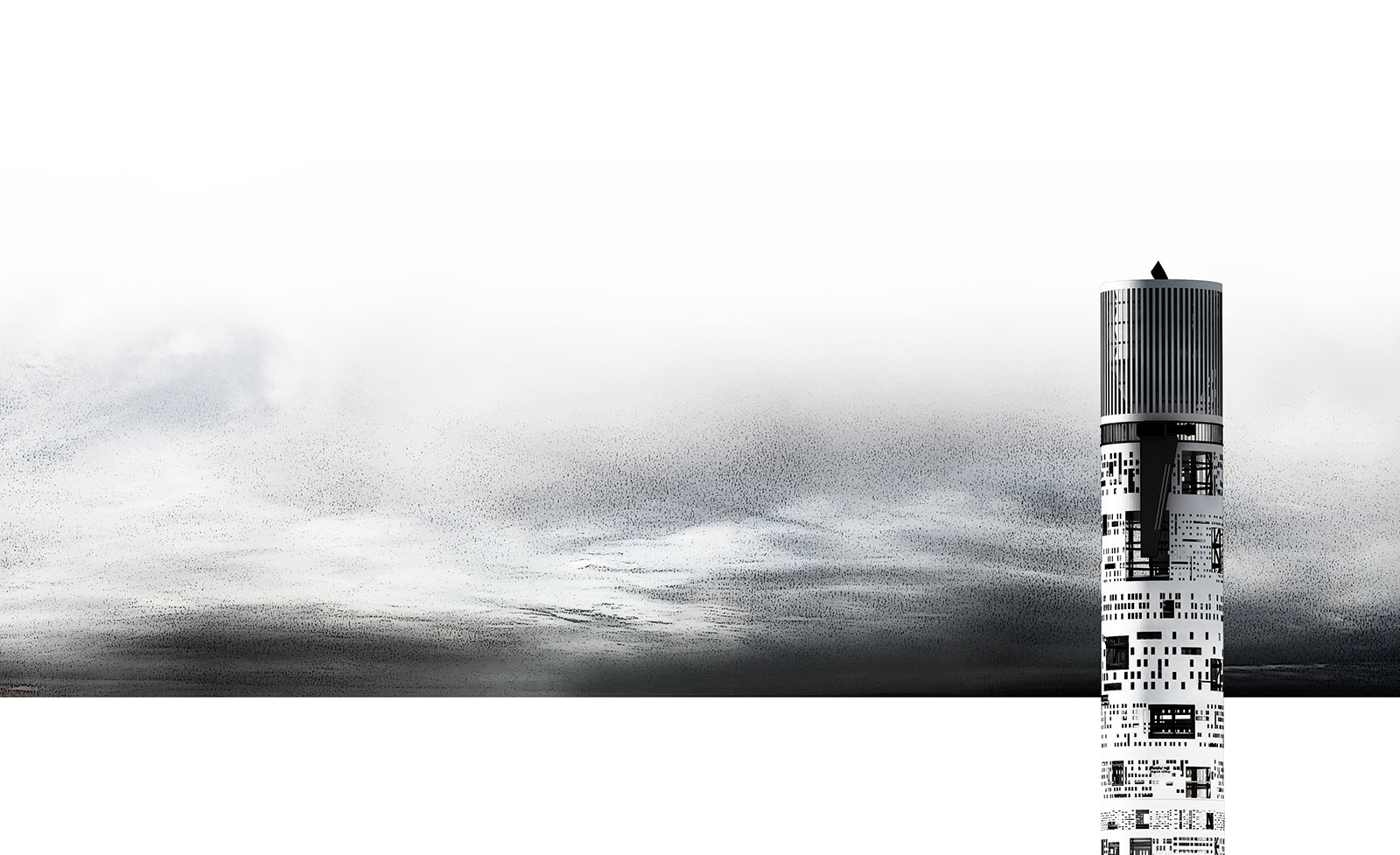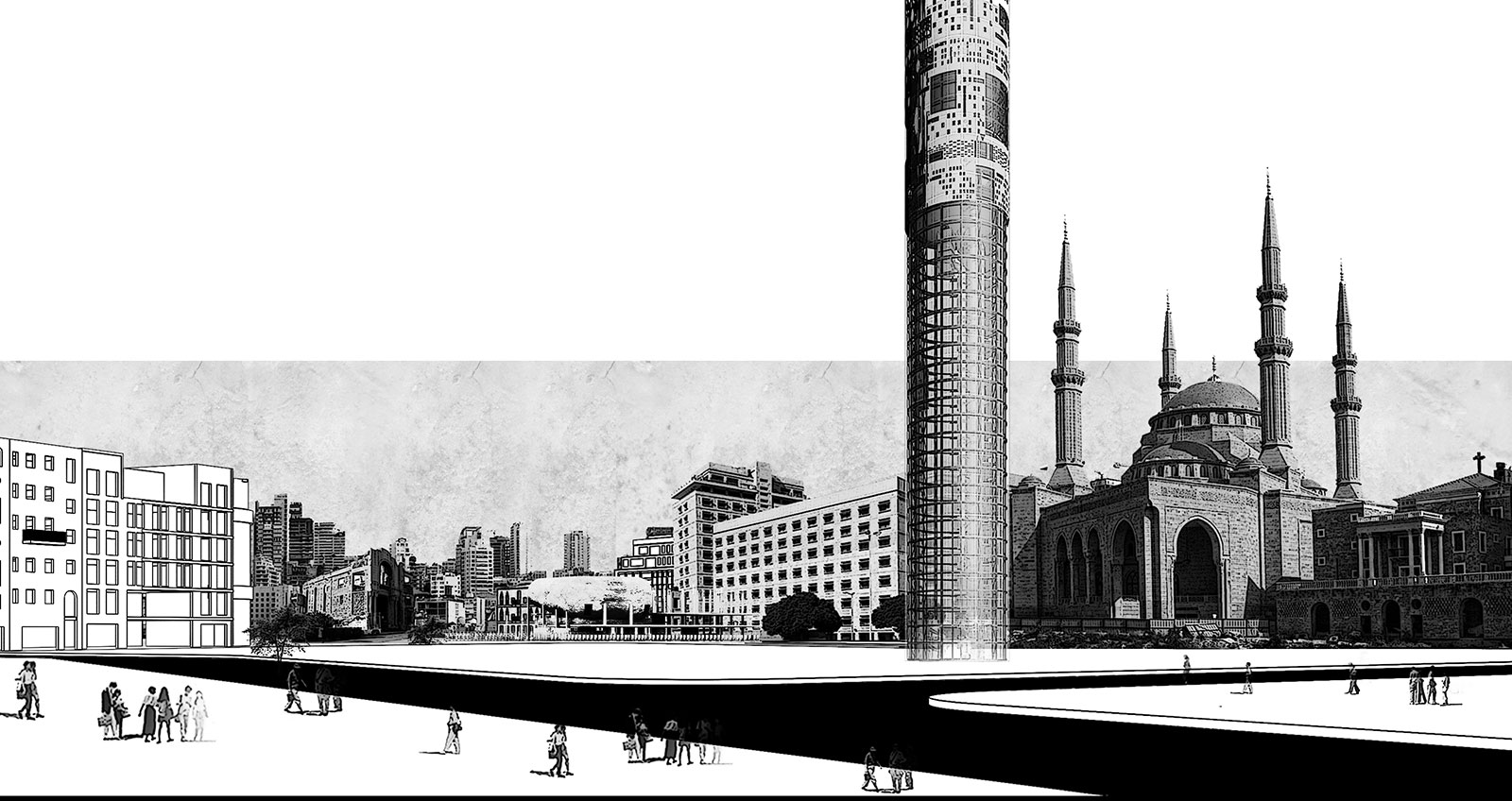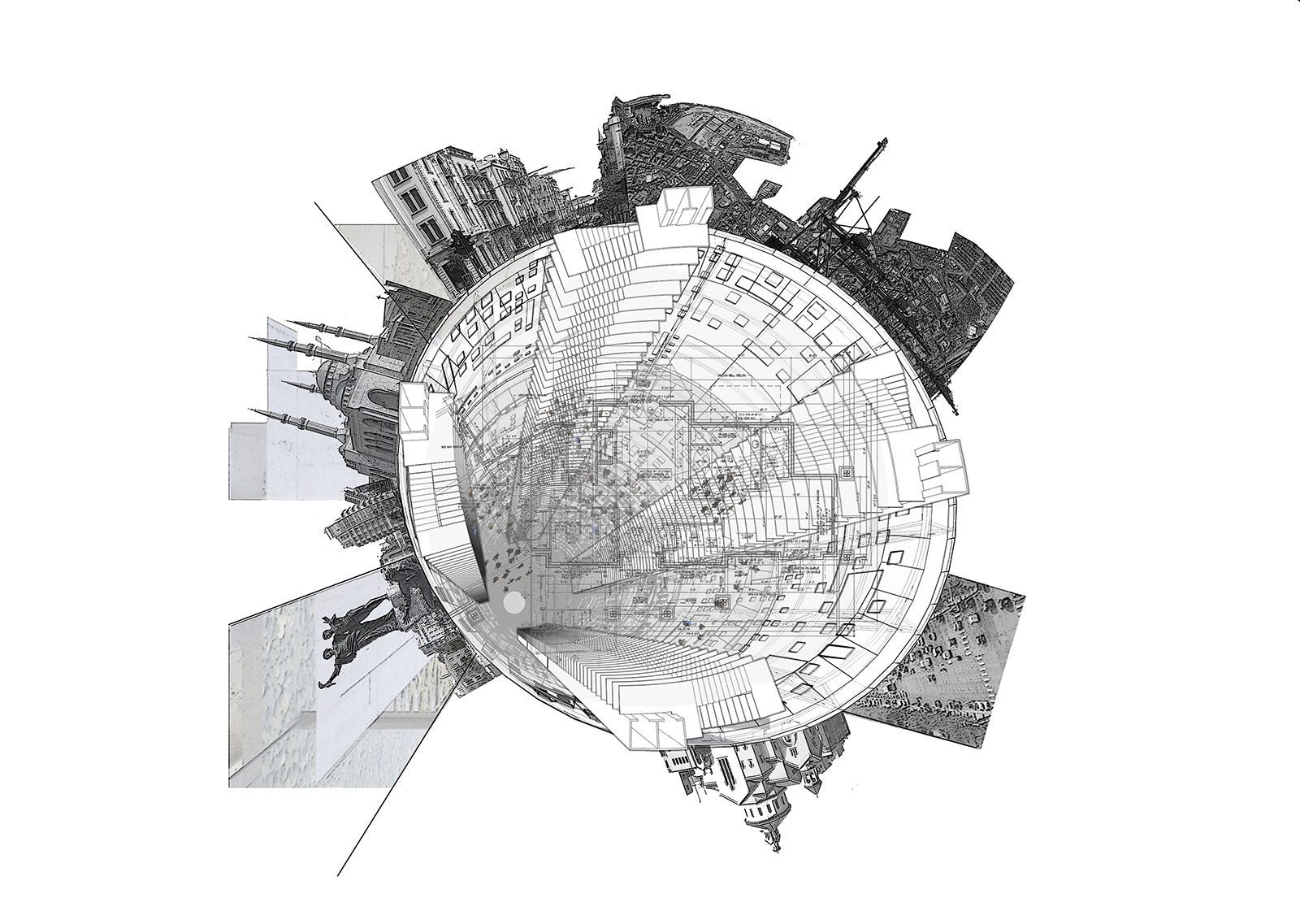
Program Trading Development is an attempt to introduce stock market trading models into the logic of building exploitation and planning. For the purpose of the design experiment, a hypothetical program is formulated. The program celebrates hyper-capitalism through a high-rise building development scenario. The economic value of the maximum exploitable surface area on the given site is translated into negotiable shares. The shares can be traded and exchanged. Acquiring more shares means appropriating additional volume within the development. Future interventions within the development should expand and contract according to the purchasing power of the tenants/traders. Beyond the literal implementation of financial models into real estate development, the experiment focuses on the materialization of the fluctuating shares into building form. The proposed cylindrical tower structure with a hollow core is the permanent element of the building. The peripheral structure includes the required infrastructure for accommodating future temporary pavilions to be erected inside the core. The temporary pavilions move vertically, within the core, like gigantic elevator platforms, in order to allow for their potential volume expansion and contraction. Elevators would not stop at set floors; they would be programmed to accommodate the fluctuating reference levels of each tenant. The façade openings are no longer set in stone. A programmed liquid crystal screen allows for infinite re-configurations of the building skin according to the vertical displacements that occur along the inner core. The cumulative composition of all fluctuations on the facade is of an unpremeditated graphic complexity, simulating it on a drawing board would be defying the purpose of its mutant logic. To break the aerodynamic uniformity of the cylindrical building form, articulated wings rotate along peripheral tracks at set intervals. The movement of the wings would be controlled by a set of sensors along the skin, that calculate the cumulative wind forces applied to the building and the force required to stabilize the structure.





